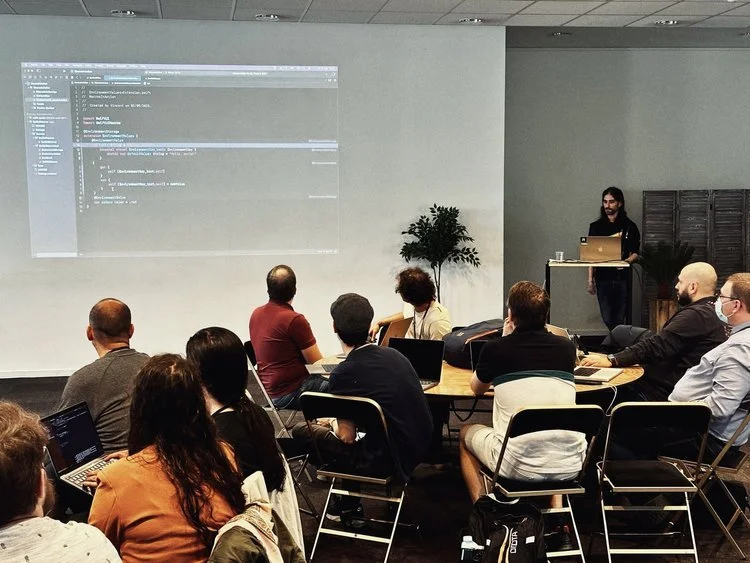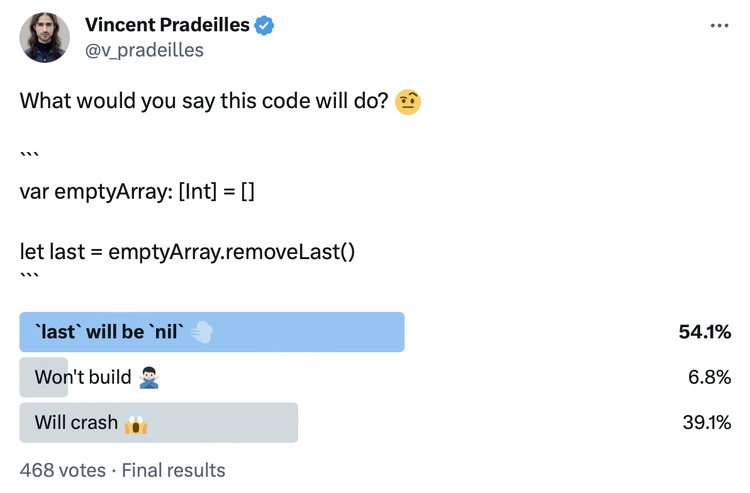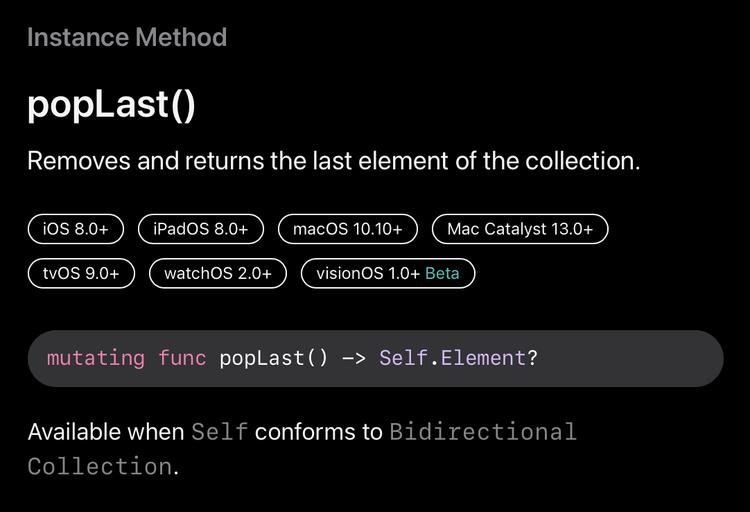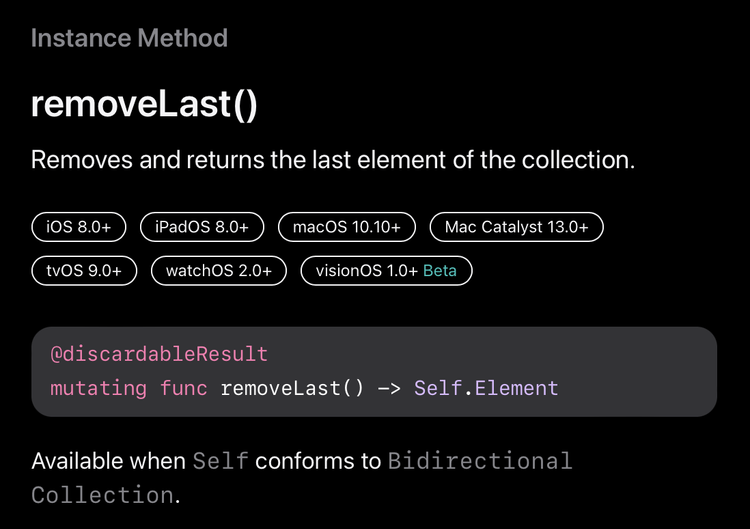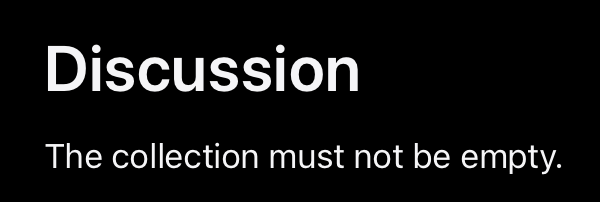Some APIs are more dangerous than they seem 🫢
Hi 👋
Last week has been quite intense for me: I attended the Paris iOS conference, where I gave both a talk about Parameter Packs and workshops on Swift Macros 🇫🇷
The talk was recorded and a replay should be available soon 😀
(and for the macros workshop, I plan on hosting a new session on YouTube later this year)
My next conference is planned for November, so I’m going to enjoy the coming weeks to chill and relax 😌
But don’t worry, I still have cool content planned, like a new livestream no later than this Thursday!
And now, before we go into the topic of this email, I have a big thank you to my sponsor this week: Bitrise 🤖
Advertisement
Join the Mobile DevOps Summit 2023 on Oct 4-5
A two-day, free event with 40+ workshops and sessions brought to you by 50+ industry-leading speakers from eBay, Reddit, AWS and more.
Learn from real-world examples of successful Mobile DevOps implementations!
Sponsors like Bitrise really help me grow my content creation, so if you have time please make sure to have a look at the event they’re organizing: it’s a direct support to my content creation ☺️
Last week, I ran this poll on Twitter and LinkedIn:
As you can see, out of almost 500 votes, a short majority was thinking that the call to the method .removeLast() would return nil.
But of course, I asked that question because there is definitely something more to it than what seems to be the straightforward answer 🙃
As it turns out, Swift offers two different methods to remove the last element of an Array: we can use either .popLast() or .removeLast().
If we look at their respective documentation, we can see that both methods are extremely similar, save for a small difference 🤨
Can you spot that difference?
As you’ve probably realized, the difference lies in the return type:
.popLast()returns an optional.removeLast()returns a non-optional
With that information, it becomes easier to figure out the correct answer!
Since the Array is empty, .removeLast() won’t be able to return a value and so its only possible outcome at that point will be to crash 💥
This behavior is actually hinted at later down in the documentation of .removeLast(), but without explicitly mentioning the risk of crashing:
So why did I choose to ask this question in the first place?
I asked this question because as Swift developers we are usually aware that a number of operations can be dangerous, such as:
force unwrapping a
nilvaluesubscripting an
Arrayoutside its boundsusing one of the many APIs with
unsafein their name
However, in the case of .removeLast(), if you don’t already know the risk, it is very easy to overlook it. (both when writing or reviewing the code)
That’s why I figured that this example was a nice reminder of the importance of trying as often as possible to test our code at its edge cases: this way we can detect issues before they sneak their way into production 💥
That’s all for this email, thanks for reading it!
If you’ve enjoyed it, feel free to forward it
to your friends and colleagues 🙌
I wish you an amazing week!
❤️

